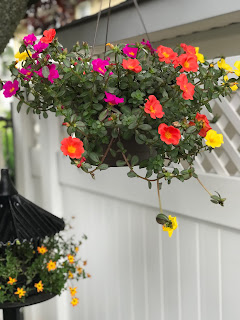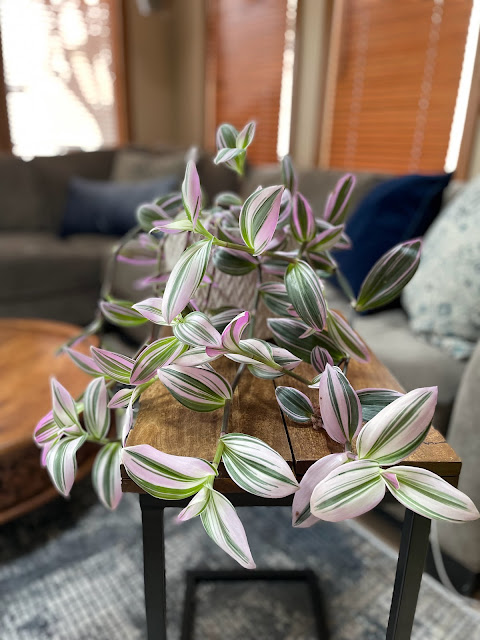Purslane (Portulaca Oleracea Toucan Scarlet Shades)
You'll find several different varieties of Portulaca at your favorite garden store. Years ago the thin leaf portulaca (Moss Rose) was more readily available here in the northeast region, but lately I have seen more and more of the thicker leaf Portulaca with its deeper colored flowers (Purslane and Sunrose) striking shiny leaves.
Portulaca makes for excellent ground cover, as well as an addition to your hanging baskets. It thrives in direct sun and is drought resistant. The plant is made up of over 90% water so it has a mechanism for storing the water during difficult times.
Scientific Name: Helianthemum nummularium
Plant Type: Perennial Groundcover
Mature Height: 8″-12″
Mature Spread: 18”-24″
Cold Hardiness Zone: USDA zones 5 – 9 (up to 6,000 ft). In colder climates, Sunroses may overwinter more successfully with a mulch covering. Silver leaved varieties overwinter better than green leaved ones.
Water Requirement: Drought tolerant once established. Silver leaved varieties are more drought tolerant and establish sooner than green leaved varieties. Seem to be able to take poor soils very well, and we’ve had good luck is slightly wetter soil as well- very adaptable.
Exposure: Full sun to part shade. We’ve actually had good luck using these plants under trees where there was quite a bit of shade, but full sun will produce the most flowers.
Soil: Sunroses prefer dry, alkaline, rocky or sandy, well-drained loam.
Flower Color & Bloom Time: Various colors are available: white, yellow, orange, red and pink. Blooms May to June.
Winter Interest: Evergreen foliage.
Disadvantages: Roots rot easily in poorly drained soil. Plants don’t do well in prolonged wet soil during winter.
Availability and Sizes: This plant seems to be regularly available at retail nurseries around the front range. It is typically sold in 1 gallon or 4″ pots.
Best Features: The many beautiful flowers that cover this plant when in bloom. The evergreen foliage is also charming when the plant is done blooming.
Maintenance Tip: Prune off old, woody growth in spring. After flowering, the plants may be cut back to encourage new growth. Don’t prune after summer; plants must be allowed time to harden off prior to winter. Plants may be divided in spring (prior to flowering) every 4-5 years.




Love the colour.
ReplyDelete